Few cars stir passion like the Chevrolet Corvette—a symbol of American ingenuity, raw power, and personal freedom. For generations, corvette traditionalists have poured their pride into preserving what they see as the soul of this sports car icon. But as the roar of V8 engines gives way to the whir of hybrid powertrains, many vette owners feel an identity crisis brewing. What is lost—and what might be gained—as America’s greatest sports car faces its biggest evolution yet?
Opening Thoughts: The Identity Crisis Among Corvette Traditionalists
The Chevrolet Corvette is more than a car; it’s a rolling piece of American heritage, revered by enthusiasts who value its deep, unmistakable rumble and storied track record as a sports car legend. For corvette traditionalists, the shift toward hybrid electrification feels like a direct challenge to the very identity they hold dear. Years of attending events at Bowling Green, keeping pace with model year updates, and swapping stories at the National Corvette Museum have bonded this community over shared experiences—most rooted firmly in the nostalgia of the small block V8 and the legacy of Harley Earl.
The current debate draws a clear line between advancement and authenticity. Vette owners are not universally opposed to change, but many feel that electrification threatens core elements of what makes the Corvette special. From the distinctive front end to the mechanical thrill present in every previous generation, the Corvette’s traditional DNA is seen as at risk. What’s at stake is not just performance statistics like top speed or curb weight, but an emotional connection decades in the making—a connection that defines the essence of the American sports car for millions.
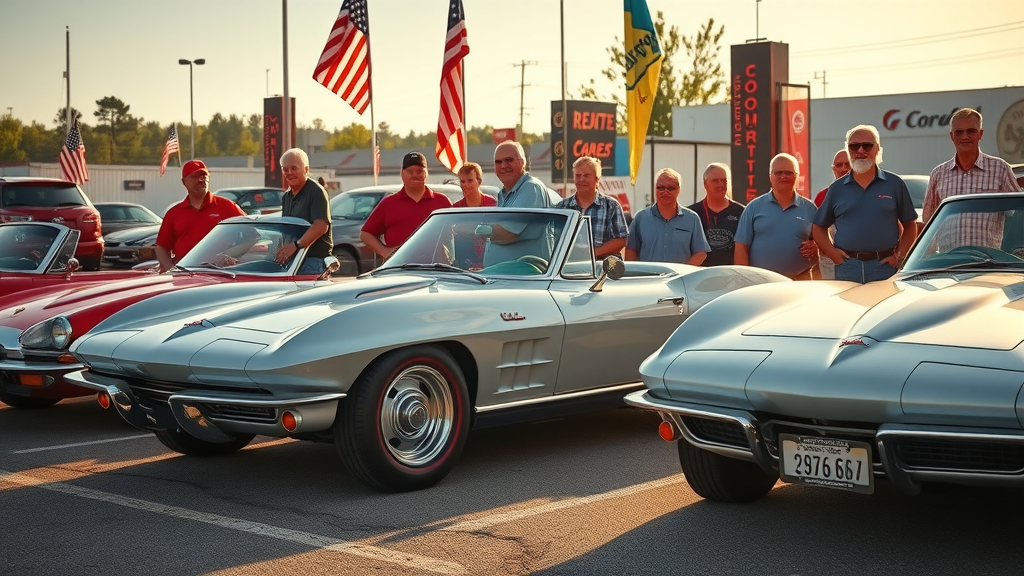
Corvette Traditionalists: The Heartbeat of an American Icon
At the heart of the Corvette’s enduring appeal are its traditionalists—men and women who’ve cherished their cars through every model year, rallied at the National Corvette Museum, and celebrated Corvette Racing victories at Le Mans. For these core vette owners, each Chevrolet Corvette is not just a machine, but a family member and a chapter in their life’s story. Experiences like visiting Bowling Green or watching the Corvette pace car lead the Indianapolis 500 are almost rites of passage.
Corvette owners recall the excitement of their first test car, the pride of owning a base model or performance package, and the loyalty found among fellow enthusiasts. They idolize engineers like Harley Earl and Zora Arkus-Duntov, whose vision brought the small block and cam engine innovations to life. To them, the transition to hybrid technology feels like erasing the very fabric of what it means to be a vette owner—a concern that echoes through car meets and club discussions everywhere.
Emotional Bonds: What the Chevrolet Corvette Means to Its Owners
For most traditional Chevrolet Corvette owners, the car isn’t just an object—it’s an experience steeped in memory and emotion. The soundtrack of a naturally aspirated V8 firing up at dawn, the tactile feel of the leather-wrapped steering wheel, and the unmistakable silhouette of the Corvette’s rear window are all part of the allure. Many vette owners recount cherished moments—be it late-night drives, restoration projects, or simply admiring their cars parked under the sun—as treasured American memories.
The emotional bonds are powerful. Owners speak in reverent tones about the “heartbeat” of the car, equating its distinctive rumble and raw acceleration to a sense of personal liberty. For this community, the Chevrolet Corvette represents the original ideal of the sports car: power, freedom, and the pursuit of the American dream.
"Owning a Corvette isn’t just about horsepower—it’s about living the American dream." – longtime vette owner
For those interested in how Corvette tradition is celebrated in the modern era, the delivery of the 2025 Corvette ZR1 at the National Corvette Museum stands as a powerful example of heritage meeting innovation. You can discover more about this milestone event and its significance for enthusiasts in this detailed look at the first R8C delivery of the 2025 Corvette ZR1.
What You’ll Learn from Corvette Traditionalists' Hybrid Frustrations
- Key emotional and historical reasons behind reluctance to hybrid electrification
- Impact on the legacy of the Chevrolet Corvette and loyal vette owners
- Differences of perspective between new enthusiasts and traditionalists
- Nuanced understanding of sports car evolution in America
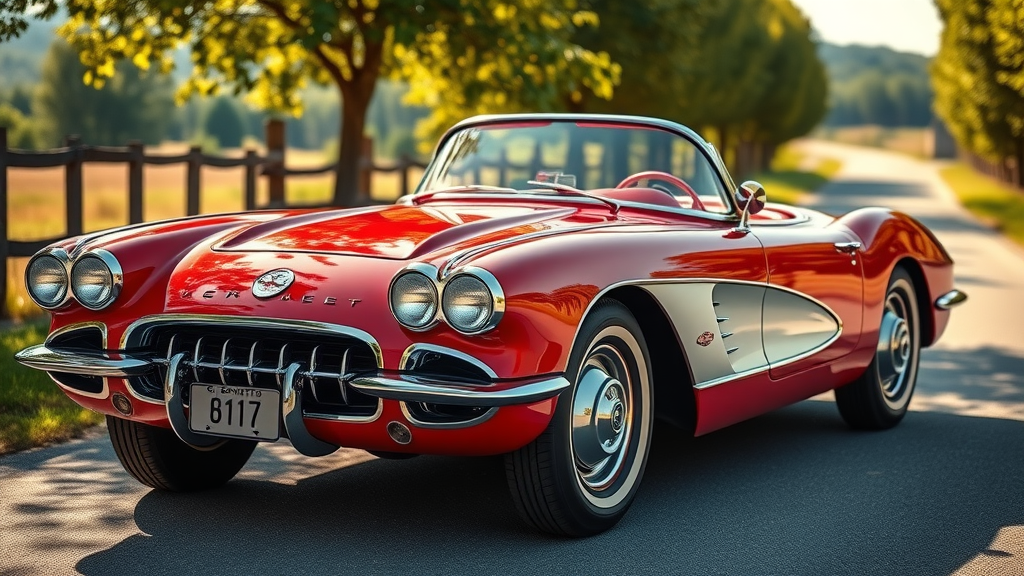
The Chevrolet Corvette Legacy: Why Change Feels Threatening
The Chevrolet Corvette has evolved from its launch in the early 1950s, credited to design visionaries like Harley Earl, into a high-performance icon recognized worldwide. This transition—from early sports car to modern day pace car—marks a continuous journey of innovation, yet every generational leap has been anchored by core qualities: exhilarating acceleration, iconic styling, and that unmistakable V8 growl. For corvette traditionalists, hybridization seems less like a natural step forward and more like a rupture in this tradition, risking the loss of tactile sensations and audible thrills that define a true sports car experience.
Fear of losing the Corvette’s original identity is not unfounded. Previous generation shifts, such as the engine layout changes, sometimes brought uneasiness but ultimately stuck close to the notion of “pure” driving. Now, as the front end transforms and electrification adds new sound and feel, Corvette owners worry the car could lose its status among classic sports cars. The emotional stake for vette traditionalists is huge—will the hybrid Corvette still spark the same pride in owners and remain the American pace car of dreams?
From Classic Sports Car to Cutting-Edge Pace Car
Over the decades, the Chevrolet Corvette has been more than Mustang rivalry; it’s set the pace for technological advances in the industry, often serving as the official pace car at prestigious races. Chevrolet’s commitment to performance has always kept the Corvette at the forefront of high-speed innovation. The base model’s small block V8 and subsequent forays into overhead cam designs showcased America’s engineering prowess, while lightweight frame adjustments and better weight distribution continued to push boundaries.
Today, the push for hybridization is meant to preserve the Corvette’s legacy as both a sports car for the road and a test car for innovation—keeping up with market expectations of efficiency and environmental responsibility. But, to many vette owners, this “progress” feels like an unwanted departure from the model year to year evolution they once celebrated, replacing the visceral thrill of engine rumble with the clinical hum of motors and batteries.
Chevrolet Corvette Through the Eyes of Corvette Owners
Owners don’t just see the Corvette as a high-performance vehicle; for many, it stands as a timeless symbol of what makes American cars special: individuality, presence, and a physical connection to the road. Corvette Racing’s storied success at Le Mans and the embrace of its legendary rear window shape have defined an aesthetic and spirit that’s hard to replicate.
When the Chevrolet Corvette changes, owners feel it in their hearts and in their garages. The sense of continuity, whether in a rare model year or a beloved pace car, is crucial to their appreciation. Hybridization raises concern that cherished rituals—like fine-tuning a small block V8 at home or hearing the mechanical lifeblood at car meets—may slip away. The Corvette is, for them, an emotional, lasting legacy.
What Defines the True Sports Car Experience for Vette Owners?
For vette owners, the sports car experience is visceral and deeply personal. It’s about the adrenaline rush as the tachometer sweeps past redline, the symphony of the engine firing through the exhaust, and the unfiltered feedback from the road. Whether it’s a long drive through winding backroads or a parade lap behind the pace car at a regional meet, the physical and sensory immersion matters most.
Pushing a Chevrolet Corvette to its limits has always delivered something a hybrid system can rarely replicate—the raw, unrefined force of a naturally aspirated V8. Traditionalists argue that the physicality—the sights, sounds, and mechanical sensations—are central to the true sports car identity. In their eyes, hybridization dilutes the purity that set the Corvette apart among Chevy’s and the world’s elite cars for decades.
"If it doesn’t rumble and roar, is it still a Chevy Corvette?" – corvette owner since 1974
Corvette Traditionalists' Arguments Against Hybrid Electrification
- Loss of authentic engine sound and mechanical thrill
- Concerns over increased complexity and repair costs
- Fear that the Chevrolet Corvette will lose its status among classic sports cars
- Perception that hybridization dilutes an iconic American brand
Among the most commonly cited concerns from corvette traditionalists are the profound loss of auditory excitement. The traditional small block and cam engine roar has been as vital to the Corvette as its signature design. With electrified and hybrid systems, there’s a risk of losing that “heartbeat”—the factor that makes every drive feel alive. Others point to increased engineering complexity and uncertainty about repair costs, especially as hybrid technology adds new components and demands specialized skills, potentially alienating DIY enthusiasts who love tinkering with past model year cars in their home garages.
The emotional toll is compounded by worries about the Chevrolet Corvette losing its hard-won place among classic sports cars. Purists argue that electric motors, despite offering favorable curb weight distribution and instant torque, can’t reproduce the uniquely American sports car ethos that has made the Corvette beloved worldwide. The rise of hybrid technology is not seen as mere progress but as a potential dilution of the revered Chevrolet brand—a shift that could diminish the significance of vette ownership for generations.
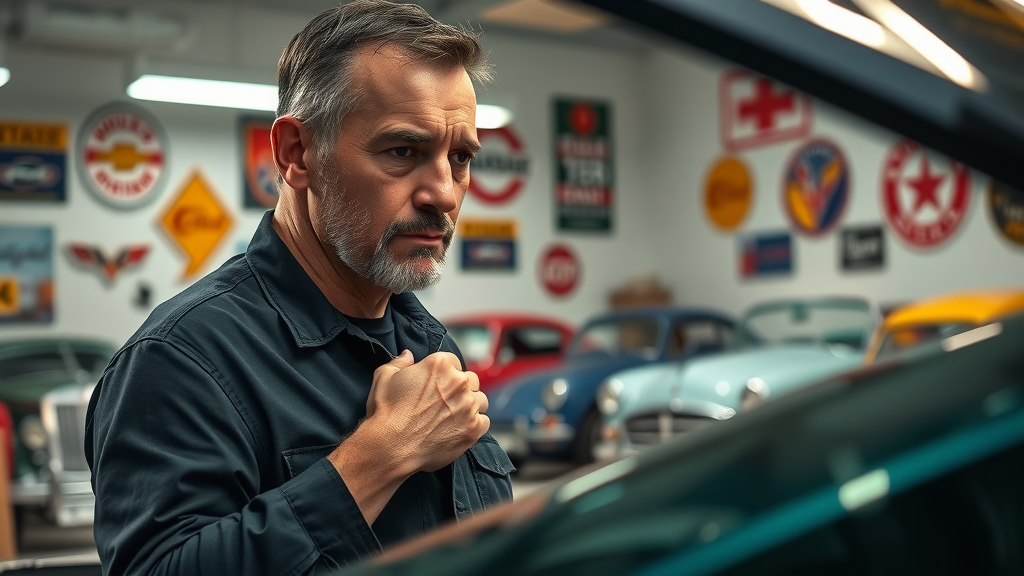
Interview Highlights: Vette Owners and the Hybrid Debate
Voices from the Community: How Corvette Owners Share Their Concerns
Across car shows, online forums, and local Corvette clubs, vette owners are vocal about their apprehensions. They recount stories from Bowling Green to the National Corvette Museum, where every car show sparks the same debate: can the hybrid Corvette truly honor its own racing and road legacy? Many highlight how the pace car tradition at major events once symbolized Chevrolet’s place at the pinnacle of performance—something that, they argue, hybridization could undermine.
For some, hybrid versions may serve as adequate test cars, but they fear the unmistakable thrill of pushing a classic race car will be lost to a sanitized, quieter experience. The broader concern is that embracing electric technology might alienate long-time fans just as it attracts new buyers, creating a schism in the Corvette community that could affect both the sports car's cultural and performance legacy.
"Hybrids are fine for other cars, but the Corvette should make your heart skip a beat every time you start it." – local vette club president
Hybridization: The Manufacturer’s Perspective
How Chevrolet Corvette Engineers View Electrification
From the standpoint of the engineers at General Motors, hybridization is less a threat and more an opportunity to redefine performance. Advances in technology allow the Chevrolet Corvette to challenge top-tier sports cars worldwide, leveraging electric motors for instant torque, improved top speed, and better curb weight distribution. According to the chief engineer, this approach continues the tradition of innovation championed by Harley Earl and subsequent generations at GM—each iteration pushing boundaries from the front end to the rear window design.
The manufacturer points to global trends—stringent emission regulations, the growing hours of Le Mans requiring reliability and efficiency, and the need to attract a broader demographic—as major incentives. Hybrid systems are seen as a natural extension of the Corvette’s test car legacy: using cutting-edge solutions to remain competitive and technologically relevant, much as past model years did with innovative cam engines and aerodynamic tweaks. Still, engineers acknowledge the palpable tension and emotional resistance among corvette traditionalists, aspiring to strike a balance between progress and heritage.
Chevrolet Corvette Pace Car Innovation: Progress or Betrayal?
The Corvette’s role as a pace car at high-profile races like the Indianapolis 500 has long been a source of pride for vette owners. The introduction of hybrid technology into pace car models is polarizing—the improvements in handling, acceleration, and efficiency are undeniable, yet the sensation behind the wheel is distinctly changed. While the traditional V8 versions roared with unmistakable intensity, the hybrid’s performance is quieter, smoother, and, for some, less engaging.
This split signals a deeper debate about what “progress” means in sports car culture. GM’s willingness to innovate is commended by some, including newer enthusiasts drawn to electric technologies. But to a segment of the Corvette community, hybridization risks betraying what makes the car truly special. The challenge is to ensure that future pace car models and production Corvettes evoke the same pride and passion as those that blazed trails at Le Mans and on American highways long before electrification was a factor.
| Feature | Traditional V8 Corvette | Hybrid Corvette |
|---|---|---|
| Engine Sound | Loud, visceral small block rumble | Quieter, electric whir mixed with engine note |
| Performance | Pure mechanical thrill, naturally aspirated power | Instant torque, improved acceleration, higher efficiency |
| Repair & Complexity | Simpler, accessible for DIY owners | More complex technology, higher repair skill required |
| Heritage | Direct descendant of Harley Earl’s vision | Major leap forward—divisive among traditionalists |
| Racing Legacy | Le Mans class wins, iconic pace car history | Modern innovation, yet to prove itself at Le Mans |
| Demographic Appeal | Loyal traditionalists, collectors | New enthusiasts, tech-focused buyers |
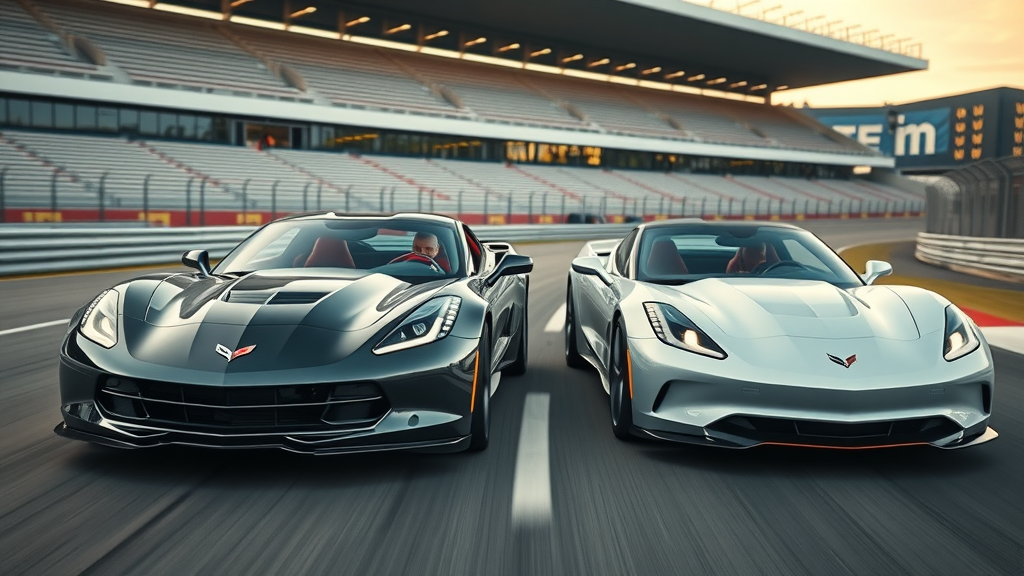
The Wider Sports Car Market: How Other Enthusiasts Are Responding
Sports Car Trends: Embracing or Resisting Hybridization
The Corvette is not alone in facing an electrifying crossroads. Across the sports car market, brands from Porsche and Ferrari to American rivals like Ford have introduced hybrid or fully electric test cars in response to consumer trends and emissions demands. In Europe, Le Mans now features hybrids and alternative powertrains, with race car technology filtering down to street models. While some enthusiasts welcome the innovation—citing lower curb weight, improved top speed, and better handling—others echo the concerns of corvette traditionalists, fearing the loss of tactile driving engagement and the unique feel of classic sports cars.
This divide is visible at every car show and on every enthusiast forum. New buyers are attracted to the technology, appreciating the instant torque and the promise of sustainable speed. Longtime owners, however, remain wary, clinging to their cherished previous generation models and the idea that evolution should never come at the expense of heritage. As manufacturers navigate shifting landscapes, they must reconcile these differing attitudes by blending the DNA of traditional pace car excitement with the realities of a hybridized future.
Short documentary clip: Interviews with sports car enthusiasts discussing their opinions on hybrid sports cars, with b-roll of car shows and test drives.
Finding Middle Ground: Can Hybrid Technology Coexist with Corvette Tradition?
Case Studies: Pace Car Adaptations and Purist Reactions
Some believe a path forward is possible—one in which hybrid and traditional Corvettes coexist, offering both innovation and nostalgia. Recent model years have seen Chevrolet experiment by offering special hybrid pace car editions while maintaining pure V8 options, a move welcomed by some and resisted by others. These case studies underline a simple truth: the loyalty of corvette traditionalists does not preclude appreciation for progress, as long as it respects the car’s history and core values.
Purists continue to champion the small block V8 and naturally aspirated engines, but some younger enthusiasts see hybridization as an evolution that doesn’t necessarily mean erasure. A respectful dialogue between generations—a handshake between those who revere the old and those who embrace the new—could ensure the Corvette remains America’s premier sports car for decades to come.
"Evolution doesn’t have to mean erasure." – automotive historian
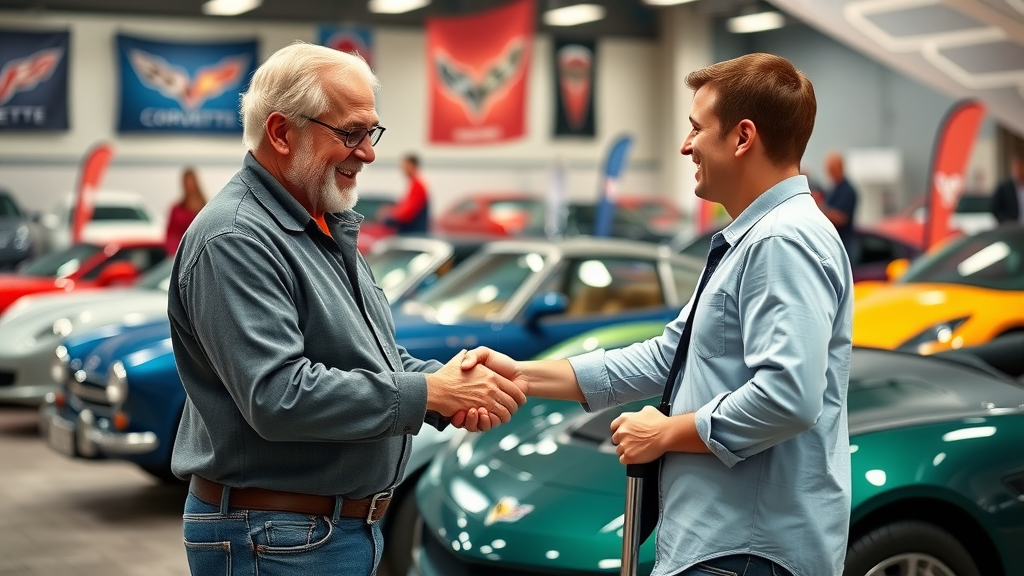
Key Takeaways: What’s at Stake for Corvette Traditionalists
- Corvette traditionalists cherish heritage, emotion, and pure driving experience
- Hybridization presents technological gains but cultural challenges
- Dialogue between manufacturers and owners is crucial for future acceptance
FAQs: Corvette Traditionalists and Hybrid Electrification
Why are corvette traditionalists opposed to hybrid electrification?
Corvette traditionalists are opposed to hybrid electrification because they fear it threatens the core identity of the Chevrolet Corvette—a vehicle celebrated for its raw V8 engine sound, mechanical simplicity, and visceral connection to the road. Hybrids, while advancing performance and efficiency, risk erasing the authentic sports car experience cherished by generations of vette owners. Many also worry about higher repair costs, increased complexity, and the possibility that hybridization will diminish the car’s status among classic performance legends.
How does hybridization affect the Chevrolet Corvette driving experience?
Hybridization makes the Chevrolet Corvette quicker and more efficient, delivering instant torque and higher top speed potential. However, the driving experience changes: the iconic engine sound is muted, and the mechanical feel gives way to electric smoothness. While some appreciate the technological advances, traditionalists feel that these updates lessen the excitement, engagement, and sense of control that have long defined the true sports car character.
What alternatives do vette owners suggest to maintain tradition?
Vette owners who wish to maintain Corvette tradition suggest offering both hybrid and traditional V8 variants, allowing enthusiasts to choose. Many advocate for keeping the small block V8 and naturally aspirated options in core models, possibly reserving hybrid systems for special editions or future-focused pace car variants. Emphasizing limited-run collector editions, as well as continued support for previous generation models, is also cited as a way to respect the heritage and emotion of Corvette ownership.
People Also Ask: Corvette Traditionalists, Ownership, and Legacy
What car was called the poor man's Corvette?
Answer to: What car was called the poor man's Corvette?
The Pontiac Fiero is often referred to as “the poor man’s Corvette.” Despite being smaller, mid-engined, and less powerful than its Chevrolet Corvette counterpart, the Fiero gave many enthusiasts an affordable entry into the American sports car scene. Over the years, its influence has earned it a place among classic car collectors, particularly those who admire unique mid-80s styling.
What demographic buys Corvettes?
Answer to: What demographic buys Corvettes?
Traditionally, the average corvette owner tends to be male and over the age of 55, often with a higher disposable income. Many buyers are repeat customers who’ve owned multiple model years or have strong ties to classic car communities. However, recent hybrid innovations and styling changes have begun to attract younger enthusiasts interested in technology and the future of American sports cars.
What is the holy grail of Corvettes?
Answer to: What is the holy grail of Corvettes?
The “holy grail” of Corvettes is widely considered to be the 1963 Chevrolet Corvette Sting Ray “Split-Window” coupe. This rare model year introduced the distinctive rear window split and innovative design cues, making it highly sought-after among vette owners, collectors, and the National Corvette Museum alike. Its blend of beauty, history, and racing pedigree makes it iconic in the world of classic sports cars.
How much did Dave Kindig's Corvette sell for?
Answer to: How much did Dave Kindig's Corvette sell for?
Dave Kindig’s custom-built Corvette, featured on the well-known show “Bitchin’ Rides,” reportedly sold for over $300,000 at auction. These bespoke creations are prized for their craftsmanship and unique design—further demonstrating how the Chevrolet Corvette continues to attract attention, both in traditional and custom forms.
Conclusion: The Future of the Chevrolet Corvette and Its Devoted Traditionalists
As hybridization drives evolution, the heart of the Chevrolet Corvette will always beat strongest among those who honor its heritage. Continued dialogue and respectful adaptation may be the key to uniting old and new fans in the pursuit of the true sports car dream.
"The spirit of the Corvette lives in those who care most about its legacy." – veteran corvette owner
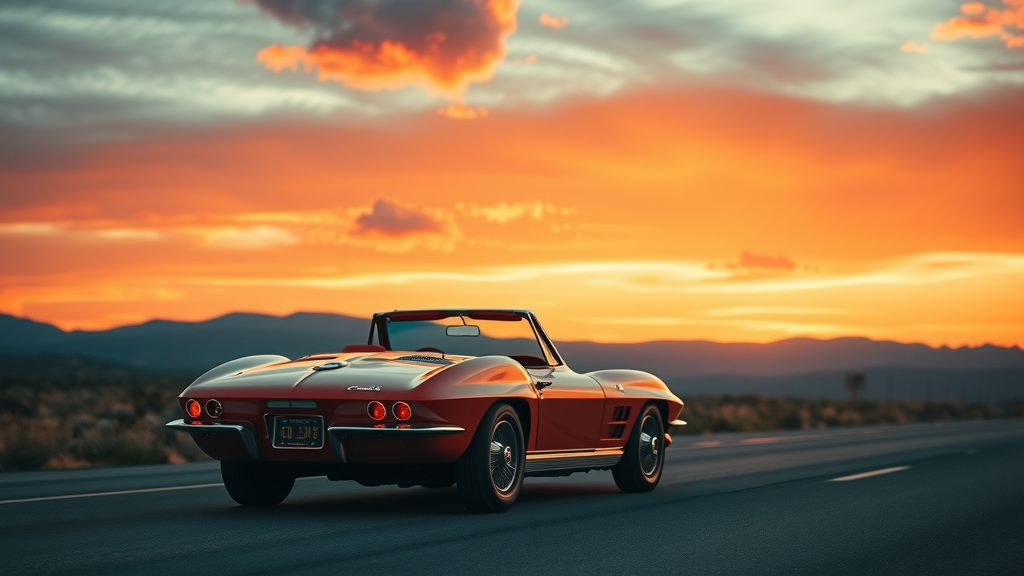
If you’re passionate about the evolving story of the Corvette and want to stay ahead of the latest trends, Stingray Studio News offers a broader perspective on the shifting landscape of American sports cars. Dive into industry updates, expert insights, and community highlights that go beyond the hybrid debate, helping you appreciate both the legacy and the future of the Corvette. Exploring these resources can deepen your understanding and keep you connected to the pulse of Corvette culture—whether you’re a lifelong traditionalist or a newcomer eager to see what’s next. Visit Stingray Studio News for more stories and expert analysis.
Speak To A Corvette Sales Representative
If you’re exploring Corvette ownership—traditional V8 or new hybrid—consider reaching out to a knowledgeable sales representative. They can help you choose the Corvette that best fits your passion, whether you chase pure heritage or cutting-edge innovation.
For Corvette enthusiasts seeking to deepen their connection with the community and preserve the rich heritage of America’s iconic sports car, several organizations offer valuable resources and events.
The National Corvette Restorers Society (NCRS) is dedicated to the restoration, preservation, and enjoyment of Corvettes, particularly models manufactured between 1953 and 2007. They provide technical information, host judging events to assess originality, and organize conventions, road tours, and seminars for Corvette enthusiasts. It’s a community where members share their passion for these iconic cars and connect with others who love them. (ns.ncrs.org)
Additionally, the National Corvette Homecoming is an annual event held in Bowling Green, Kentucky, celebrating America’s production sports car, the Chevrolet Corvette. First held in 1981, it was created by two Corvette enthusiasts in response to the assembly of Corvettes moving from St. Louis, MO, to the Bowling Green Assembly Plant. The event focuses on vintage as well as modern Corvettes, offering owners and specialty vendors opportunities to network. All Corvette production years and custom variations are welcome. (en.wikipedia.org)
Engaging with these organizations can provide Corvette traditionalists with avenues to celebrate the legacy, performance, and camaraderie associated with the Chevrolet Corvette.
 Add Row
Add Row  Add
Add 




Write A Comment